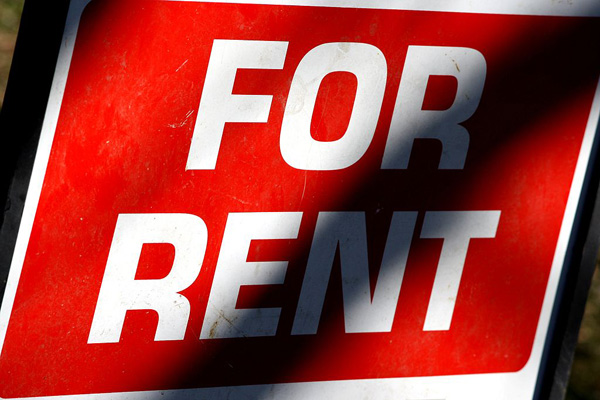- South Texas Students Meet Accordion Music Icons Los Tigres Del Norte In Edinburg Thanks To Khs America/Hohner Alianza Académica Initiative
- Fragile Planet Offers a Nighttime Wildlife Experience
- Falcons Soccer Off & Running
- Cameron County Receives Funds to Improve Two Parks
- Falcons Complete First Half of 32-6A
- School District to Help out Victims of California Wildfires
- Sand Castle Days Continued Despite Unexpected Weather
- Ready for District
- Discussion of Garbage Dumpster Rates, Agreements Between State & City on Highway Regulations, and More
- 31st Annual Shrimp Cook-Off is Right Around the Corner
Report: Rising Rents Mean Fewer Opportunities
- Updated: January 8, 2016
by Eric Galatas
AUSTIN, Texas – Where you grow up has a lot to do with your opportunities for success in life, according to a new report by the Center for American Progress.
Sarah Edelman, the study’s co-author, says because rentals are too expensive in high-opportunity areas, places with good jobs and schools, and access to safe playgrounds and grocery stores with fresh produce, low-income families end up in high-poverty areas. Edelman says high rents also have led to an increase in racial and economic segregation.
“In most of the markets we looked at, we saw a pretty significant mismatch between where you can afford to rent a place if you’re low income and where the places of opportunity are,” she says.
The report found the available inventory of affordable rentals isn’t enough to provide housing for even a third of the nation’s low-income families. Edelman adds almost half of all renters spend more than 30 percent of their income on housing, and more than a quarter spend at least 50 percent, sharp increases from just a decade ago.

A new report shows opportunity in the United States is increasingly limited by where a person lives. Photo: Dipankan001/Wikimedia Commons
Edelman says the combination of stagnant wages coupled with continuing cuts to social services and housing programs has kept millions of Americans stuck in areas with fewer opportunities for advancement. Edelman says eliminating restrictive zoning in more affluent neighborhoods and giving tax credits to renters could open the door for more families.
“We also need more investment in low-income, high-poverty neighborhoods,” says Edelman. “One really cost-effective way of addressing this affordability squeeze is to focus on preserving the affordable rental units that we already have.”
Edelman says more than 2 million affordable rental units are currently scheduled to phase out over the next decade if they’re not preserved. The report also recommends expanding the federal Housing Choice Voucher program to help more families. Edelman notes that only a quarter of eligible households today actually receive rental assistance.
